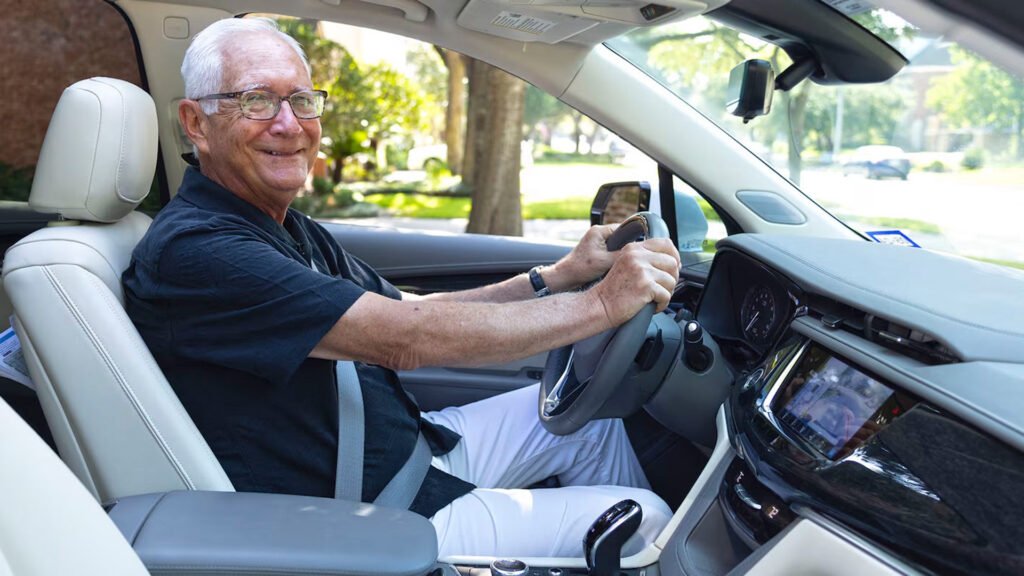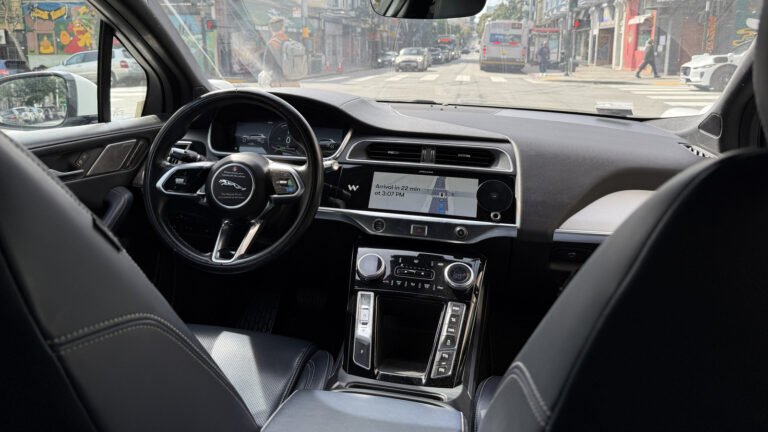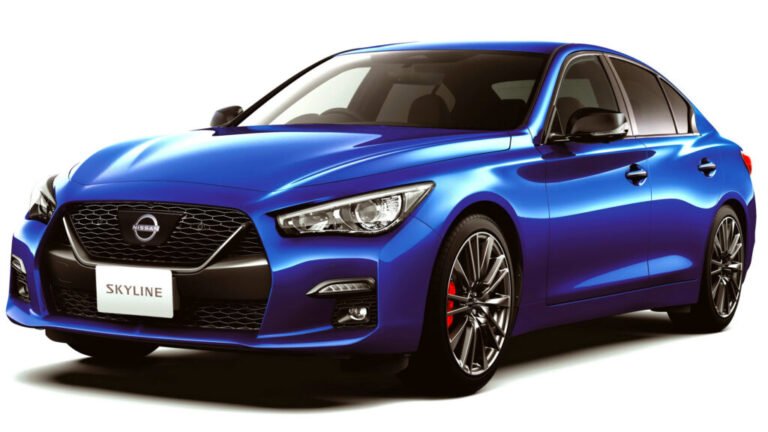

- GM patent outlines a system to calculate a ‘driver’s retirement score’ using safety data
- It monitors fatigue, reaction time, honking, and turn signal use to assess behavior.
- Seniors now account for 19% of U.S. traffic fatalities, fueling demand for solutions.
There are plenty of conversations that we all want to avoid with our folks. Maybe it’s about politics, maybe it’s about religion, maybe it’s about personal preferences. Perhaps worst of all is having to talk to aging parents about whether or not they should be piloting a car, truck, or SUV on public roads, though.
A new patent from GM might make that chat a little bit easier, or at least open the door to the conversation.
More: Breakthrough EV Battery Patent Could Charge In Minutes And Cross A Continent
Right now, plenty of modern cars have what is often called an alertness or attention score. When one starts driving, the car’s computer begins building a picture of the driver’s normal steering input and behavior. It considers how long one has been driving, the time of day, and if one is on a road more prone to driver fatigue.
It can even consider things like lane-keeping data, speed changes, or subtle, inconsistent steering corrections. If the system thinks a driver is nodding off or struggling to focus on driving, it’ll signal an alert. GM’s new patented concept builds on that foundation.
A Different Kind of Score
According to AutoNews that spotted it, GM’s patent application, called a “SYSTEM AND METHOD FOR DETERMINING A DRIVER RETIREMENT SCORE,” will monitor driver reaction times, squinting, and other signs of fatigue. It can even go as far as to know when other drivers honk at the car in question, determine if the driver is following speed limits, using their turn signal, and more.
Drivers can even provide GM with additional data, such as their medical conditions and their physical ability level. The car will, in theory, use all of this information to determine if one’s driving improves or degrades over time.

If it notices a problem, it can alert the driver or a designated family member or caretaker. GM won’t say if this is all destined for production or not, but it comes at a time when the market for tools aimed at older drivers is growing.
Why The Market Is Growing
The data explains the growing demand. According to the CDC, there were nearly 52 million licensed drivers age 65 and older in the U.S. in 2022. That’s a 77 percent jump over the past two decades. AAA points out that people are now outliving their ability to drive safely “for the first time in history.”
So maybe, in the not-so-distant future, it won’t be a difficult family talk that ends a driving chapter but rather a Cadillac delivering the message itself. Whether or not grandpa listens is another matter, though the data might be harder to argue with than his kids.

Credit: OnStar/GM


